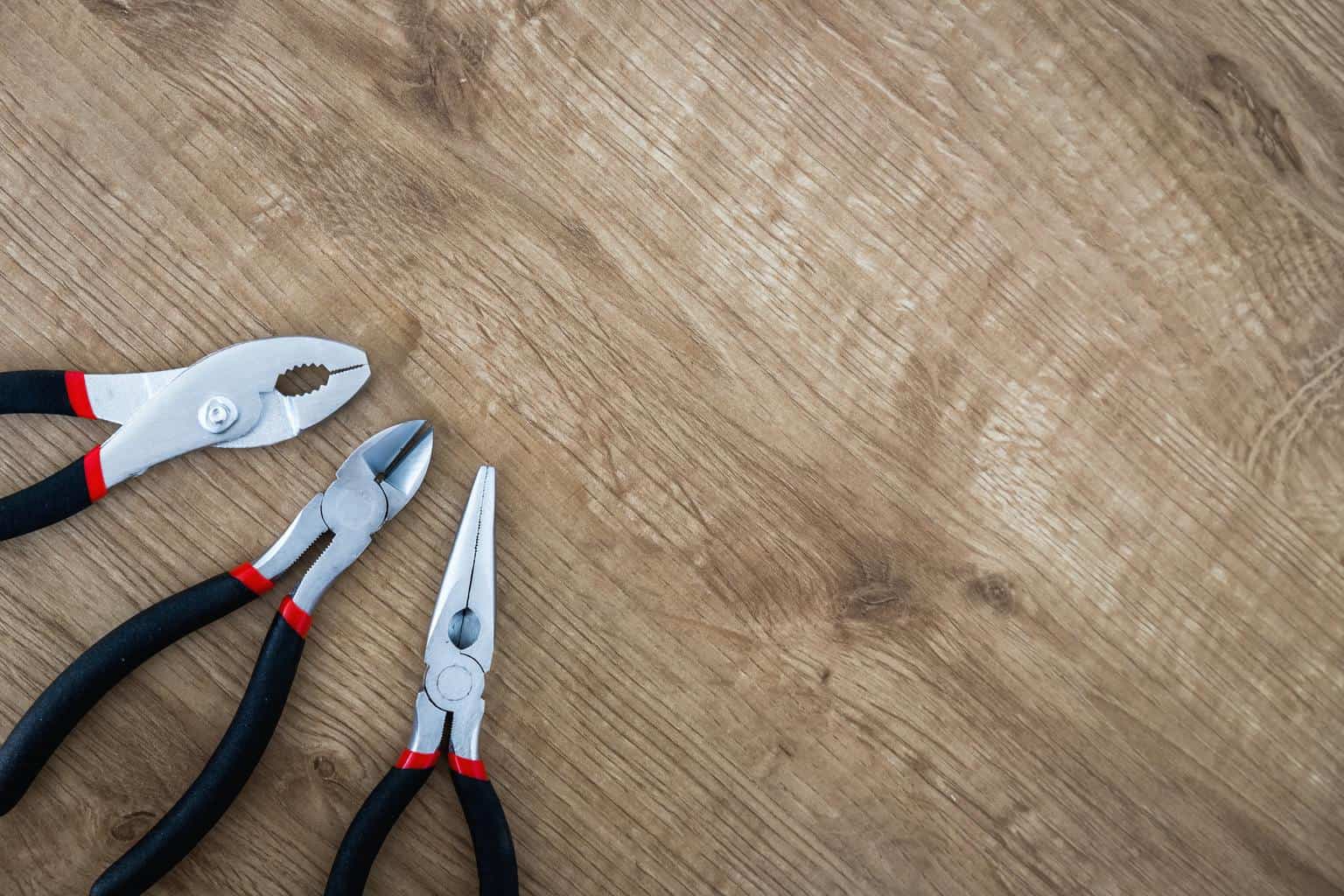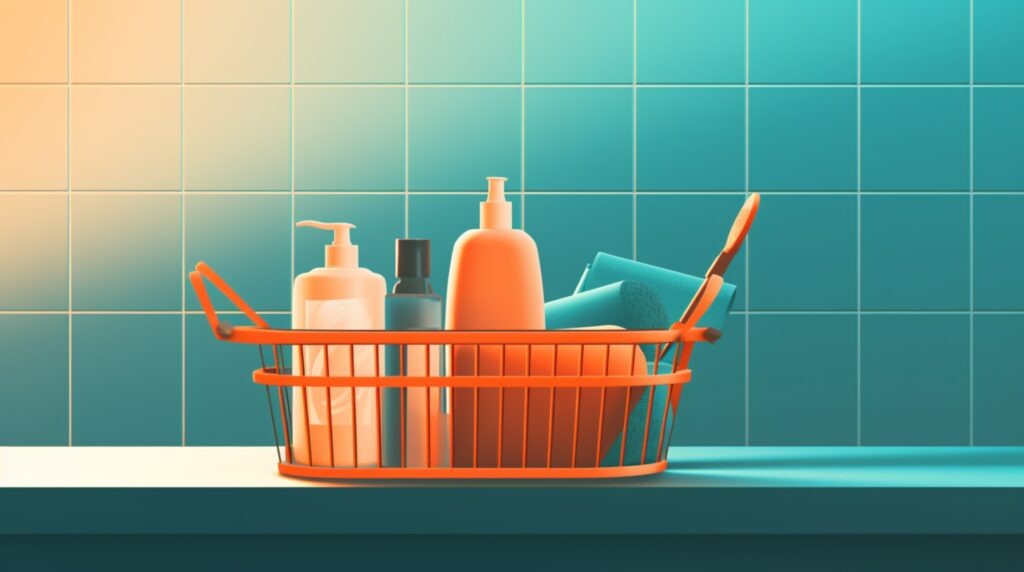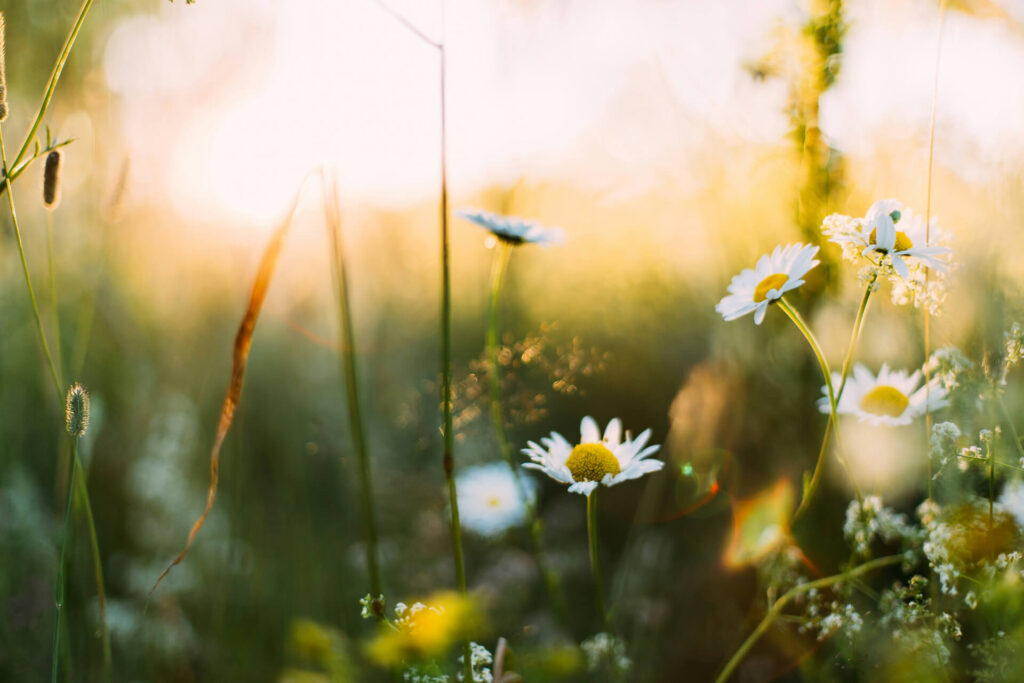
We are reader-supported. When you buy through links on our site, we may earn an affiliate commission.
Your HVAC unit works hard all year long to make your home a comfortable place to live. You’ll want it running smoothly so that your home can stay this way, or you’ll have to put your life on hold if it breaks down. You can easily prevent issues with your HVAC unit with yearly inspections. Sometimes you might put off an inspection because of your schedule or financial limitations, but you can always examine your HVAC system between inspections so it doesn’t break down unexpectedly.
Use this HVAC maintenance checklist to extend the life of your unit and make it more efficient. A few minutes of your time could minimize your electricity bill and save you money on repairs, which can become more costly when the mechanisms and wiring break down.
1. Replace Filters Regularly
You’re likely used to replacing the air filters in your home every two months, but you should do the same with your HVAC unit. Most units have a filter between itself and the return duct, although it can differ depending on where the original installation occurred.
Replace this filter every 90 days, but check it monthly when the system operates continuously during the hottest or coldest months. When it becomes darkened and clogged, it’s time to clean or change it. A simple filter swap could reduce your energy consumption by 15%, depending on how often the system turns on to cool or heat your house.
2. Upgrade Your Filters
You can also look into getting upgraded filters that last longer. Some newer filters contain an electrostatic charge to hold onto smaller particles, making them more efficient at catching debris and bacteria. Spending a few more dollars on a filter will result in cleaner air and less frequent changes for the other air filters in your home.
3. Reestablish Exterior Clearance
Outdoor HVAC units shouldn’t become covered in overgrown bushes and other plants in your yard. During the spring and summer, clear away the surrounding plants to allow for two to three feet of space. You’ll prevent debris from falling into your unit and increase the airflow into your unit so it doesn’t work as hard to cool or heat your home.
4. Inspect All Ducts
Sometimes condensation results in moldy air ducts or particles build up inside the ducts. As you check your HVAC unit, inspect all the vents to clear away anything that shouldn’t be there. Call a professional team if there’s debris too far into the duct to reach on your own.
5. Lubricate Moving Parts
Squeaky or rusty parts point to a condensation issue in your HVAC system, but you can postpone an expensive repair by lubricating any moving parts. Use high-quality oil without detergent to preserve the individual parts until your next professional inspection.
6. Remove Any Debris
Debris is anything inside the HVAC unit that shouldn’t be there, like leaves, dirt and sludge from recent flooding. Even if you only remove a handful of debris during your inspection, your unit won’t struggle to operate and consume more energy than required. You’ll also free up space so nothing new catches on the waste sitting inside the system.
7. Check the Water Supply
Some HVAC units have a furnace humidifier, which keeps hot air from drying out your home in the winter. If you have this kind of heater, you’ll want to check the water supply during every fall or winter inspection as a part of your hvac maintenance checklist. Whole-house humidifiers have their pros and cons, but without a water supply, the dry air will exacerbate any allergies and skin issues, so double-check that there’s water to keep your living space comfortable.
8. Examine the Fan Motor
Examining the fan blades is the easiest way to ensure that the motor works. If the blades don’t turn while the unit’s on, move slowly or make a rattling noise, it will require more work. You might need to oil the motor or pay for a replacement before it breaks further.
Consult a Professional
Sometimes it can seem intimidating to work your way through an HVAC maintenance checklist, especially if you’re a first-time homeowner. If you find anything that seems strange or out of place, consult a professional. They might point out smaller problems contributing to what you found and recommend the best solutions so your unit becomes more efficient and lasts longer.










